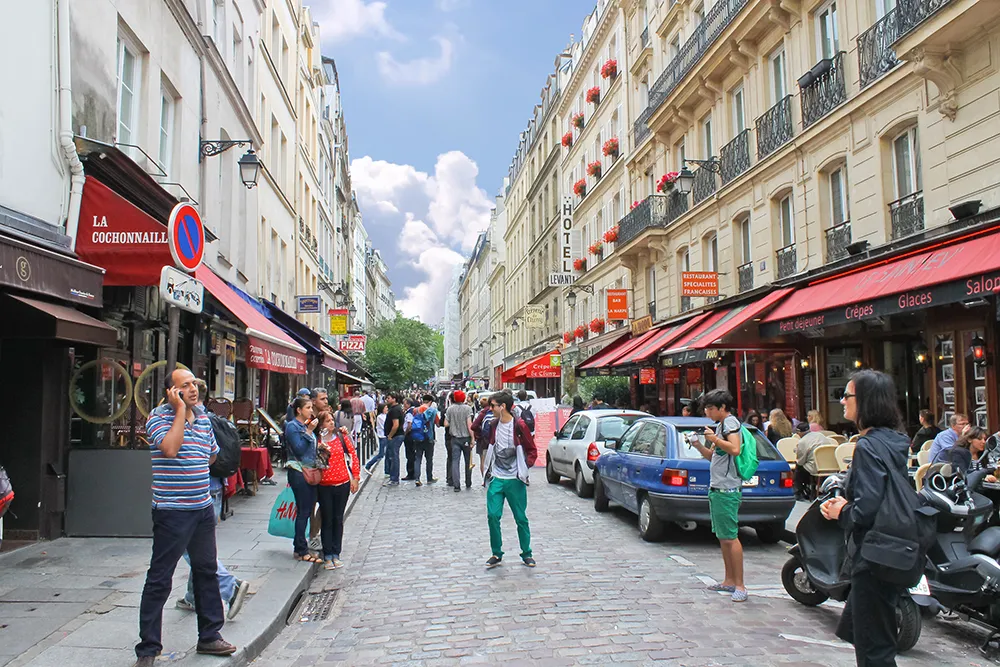A ruling by a court in Cambridge is likely to have major implications for councils and authorities across the UK after a cyclist won compensation when he collided with a bollard at night. These were placed on a cycle route to prevent vehicular access to the cycle path, which runs alongside the River Cam and is used day and night by cyclists who commute to/from Cambridge, as a safer alternative to using the busy A10.
April 19, 2012
Read time: 2 mins
RSSA ruling by a court in Cambridge is likely to have major implications for councils and authorities across the UK after a cyclist won compensation when he collided with a bollard at night. These were placed on a cycle route to prevent vehicular access to the cycle path, which runs alongside the River Cam and is used day and night by cyclists who commute to/from Cambridge, as a safer alternative to using the busy A10.
The cyclist collided with the unlit bollard at night and successfully argued that putting an obstruction on a pathway with no lighting is negligent of the cyclist’s right to use the path which, according to city planners, is the safest route.
However, the financial and social cost of removing bollards is significant as this would allow fly tipping and vehicle access to previously prohibited areas. Faced with the prospect of having to take potentially expensive action at the scene of the incident, such as running electricity and lighting systems to where the bollards are deployed, Cambridge solved the problem for around US$15 by using Traxeyes glow-in-the-dark marker studs. Using photo-luminescent crystal technology, these devices glow brightly for 12 hours after just eight minutes of daylight and are guaranteed for five years operation. Importantly, no wiring, electricity or batteries are required and installation is quick and simple.
The cyclist collided with the unlit bollard at night and successfully argued that putting an obstruction on a pathway with no lighting is negligent of the cyclist’s right to use the path which, according to city planners, is the safest route.
However, the financial and social cost of removing bollards is significant as this would allow fly tipping and vehicle access to previously prohibited areas. Faced with the prospect of having to take potentially expensive action at the scene of the incident, such as running electricity and lighting systems to where the bollards are deployed, Cambridge solved the problem for around US$15 by using Traxeyes glow-in-the-dark marker studs. Using photo-luminescent crystal technology, these devices glow brightly for 12 hours after just eight minutes of daylight and are guaranteed for five years operation. Importantly, no wiring, electricity or batteries are required and installation is quick and simple.










